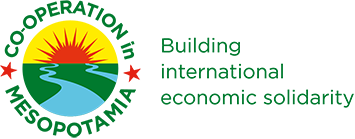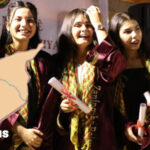
As Syria navigates the aftermath of the Assad regime’s fall, international networks of academics highlight the unique, democratic, and de-colonial education model of North and East Syria's autonomous regions as a cornerstone for a transformative and inclusive future.
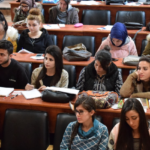
Another school year has begun in the university system in the Democratic Autonomous Administration of North and East Syria (DAANES). Over 3,000 students attend the three DAANES universities, Rojava University, located in Qamishlo, Kobane University in Kobane, and the newest, Al-Sharq University in Raqqa. A fourth, the University of Afrin, was forced to close following the Turkish occupation of the city in 2018.
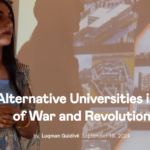
The Democratic Autonomous Administration of North-Eastern Syria (DAANES) is building an alternative education system under siege from multiple powers, defying the control of the Ba’athist education system of the Assad regime as well as the Turkish occupation forces and their proxies. The alternative system has accomplished such measures as the reintroduction of the Kurdish language for young students—drastically altering the way of life in the region. However, building institutions of higher education in an area where many native Kurds could not even have Syrian citizenship two decades ago poses a major challenge.
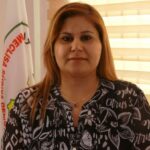
With the Rojava revolution a new education system was established in North East Syria. Today, there are not only Arabic schools in the region, but also Kurdish and Aramaic ones. Could you tell us what the school system is like? How successful is the education system and with what difficulties do you have to deal with?
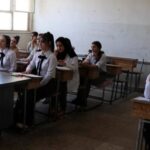
The Autonomous Administration of North and East Syria (AANES) adopts an educational system that teaches mother tongue, as every community in northeast Syria, including Syriacs, Arabs and Kurds, learn their own languages along with other subjects in the schools run by the AANES.
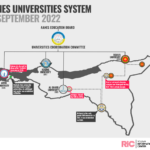
In the face of war and regional isolation, the Autonomous Administration of North and East Syria (AANES) has constructed a network of universities on its territory in order to rival the knowledge-production institutions of the Syrian government. In its stead, it offers a tertiary education system on par with international standards, yet fundamentally influenced by its democratic values.
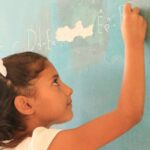
One of the achievements of the Rojava revolution is the establishment of a democratic and multilingual school system. While teaching the Kurdish language was forbidden before the revolution, children in northern and eastern Syria can now be taught in their own mother tongue. The Academy of Democratic Modernity spoke with Nisrîn Reşik, spokesperson for the Association of Teachers in Northern and Eastern Syria, on the tenth anniversary of the Rojava Revolution.
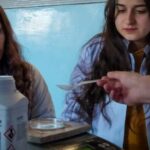
There are four universities in NE Syria, first was founded in Afrin. These universities have many faculties such as Kurdish Literature, Economics, Engineering and Jineology. The new departments are opened in the universities according to the demands of the students. The universities are ready to welcome students for the academic year 2021-2022








